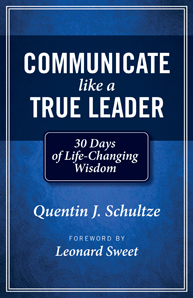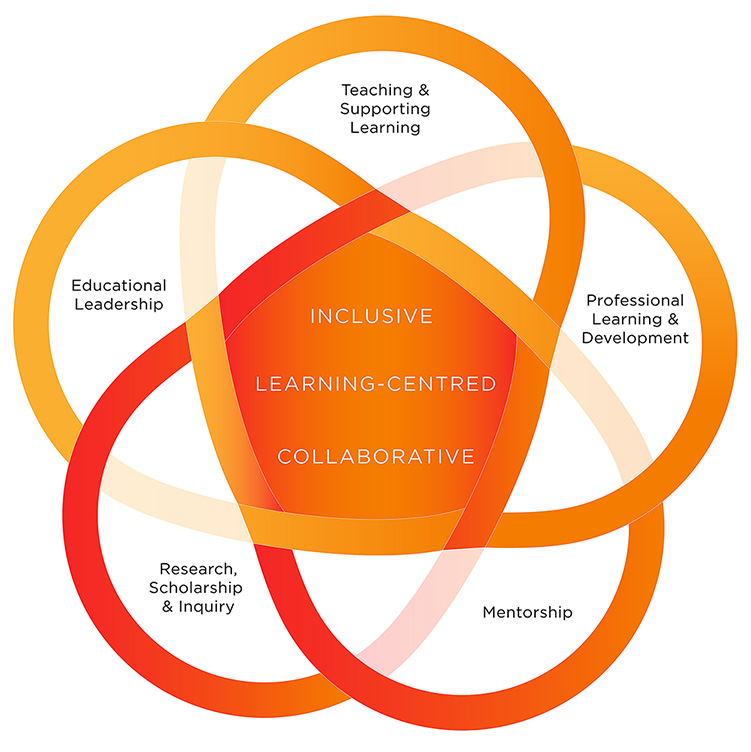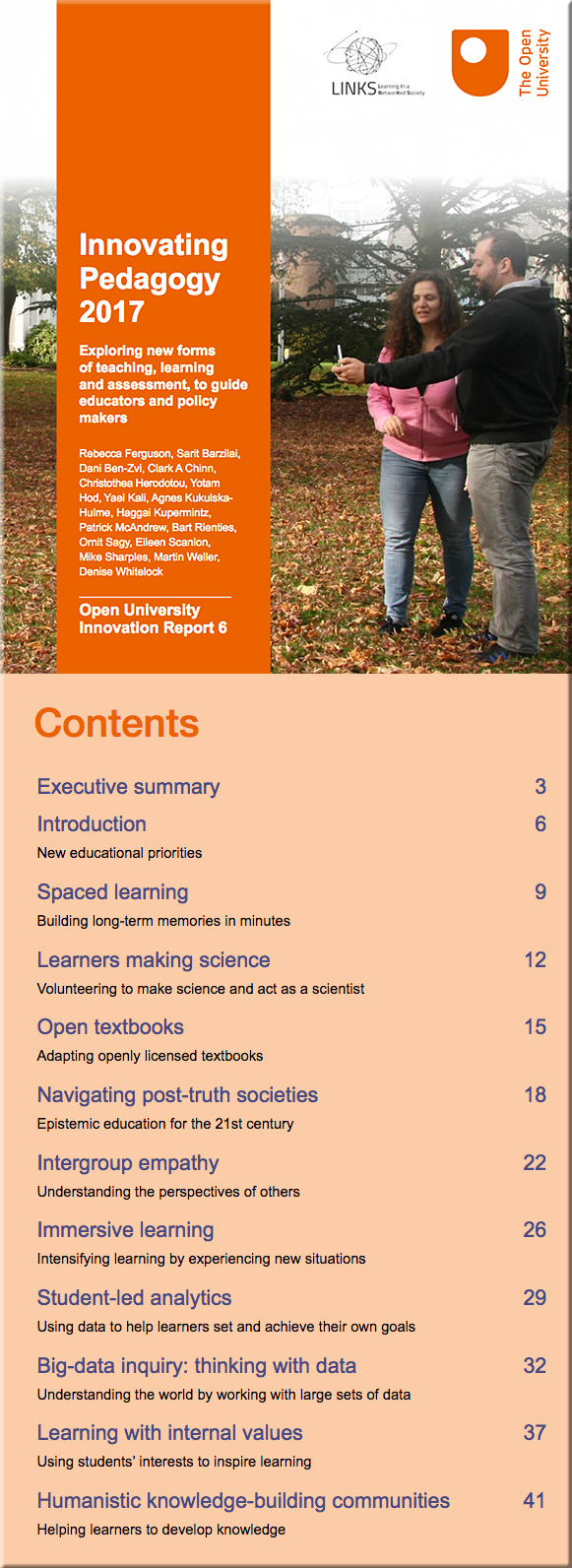AT&T’s $1 billion gambit: Retraining nearly half its workforce for jobs of the future — from cnbc.com by Susan Caminiti
Excerpts (emphasis DSC):
- AT&T initiated a massive retraining effort after discovering that nearly half of its 250,000 employees lacked the necessary skills needed to keep the company competitive.
- Ninety percent of maturing companies expect digital disruption, but only 44 percent are adequately preparing for it.
- Despite the federal government’s investment in job-retraining efforts, most are deemed ineffective.
The discovery presented AT&T with two daunting options, explains Bill Blase, senior executive vice president of human resources. “We could go out and try to hire all these software and engineering people and probably pay through the nose to get them, but even that wouldn’t have been adequate,” he explains. “Or we could try to reskill our existing workforce so they could be competent in the technology and the skills required to run the business going forward.”
In a world where technology advances are measured in months, not years, companies selling everything from computers and cellphones to cereal and sneakers are trying desperately to adapt. A recent research report by the Society for Human Resource Management states that nearly 40 percent of hiring managers cite lack of technical skills among the reasons why they can’t fill job openings.
And the message isn’t lost on workers, either. A 2016 Pew Research Center survey shows that more than half of the adults in the workforce today realize that it will be essential for them to get training and develop new skills throughout their career in order to keep up with changes in the workplace.
In fact, according to Willis Towers Watson, 90 percent of maturing companies expect digital disruption, but only 44 percent are adequately preparing for it — and getting the right people to get the work done remains a challenge for most.
…
AT&T’s massive global retraining program — the company prefers to call it “reskilling” — is perhaps corporate America’s boldest response to this war for talent. Known inside the company as Future Ready, the initiative is a $1 billion web-based, multiyear effort that includes online courses; collaborations with Coursera, Udacity and leading universities; and a career center that allows employees to identify and train for the kinds of jobs the company needs today and down the road. An online portal called Career Intelligence lets workers see what jobs are available, the skills required for each, the potential salary range and whether that particular area is projected to grow or shrink in the years ahead. In short, it gives them a roadmap to get from where they are today to where the company needs them to be in the future.
From DSC:
This article is encouraging in at least a couple of ways to me:
- A large company is choosing to retrain its employees, helping them to learn and grow — to reinvent themselves and to stay relevant
- A large company is recognizing the exponential pace of change that we’re now on. The question is, are we ready for it?
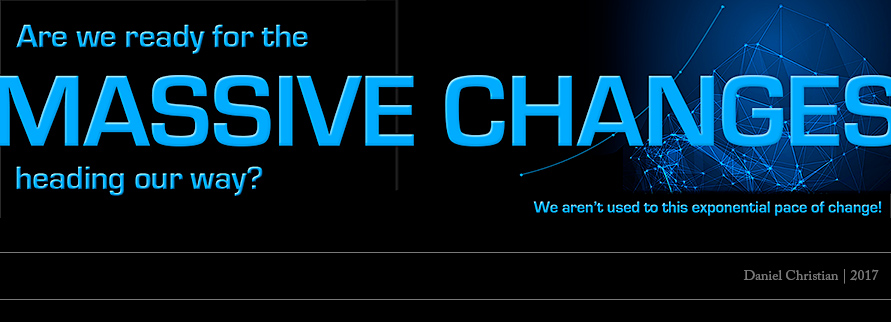









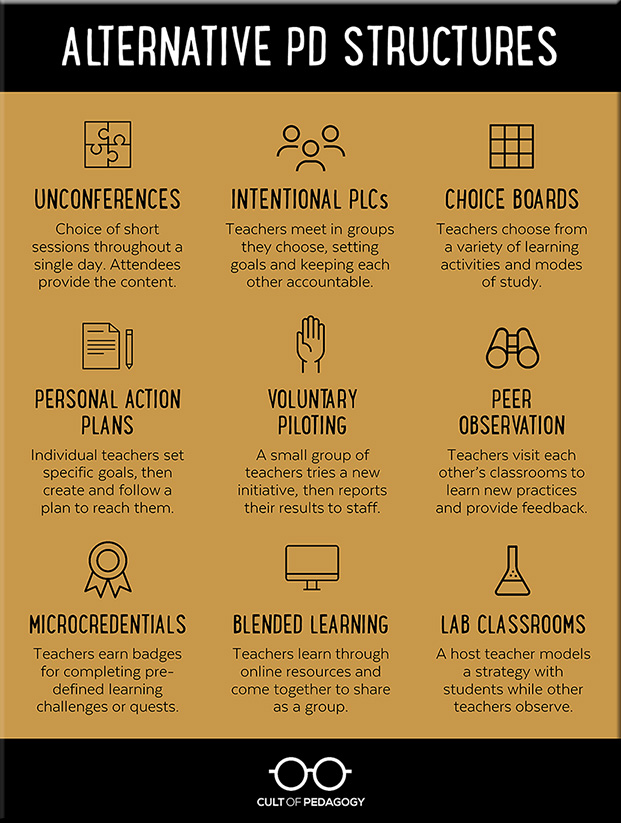
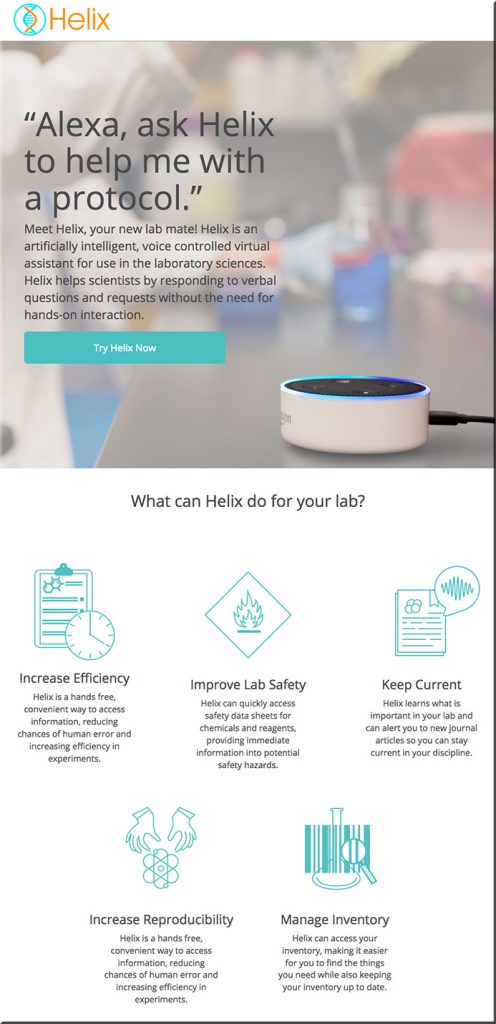
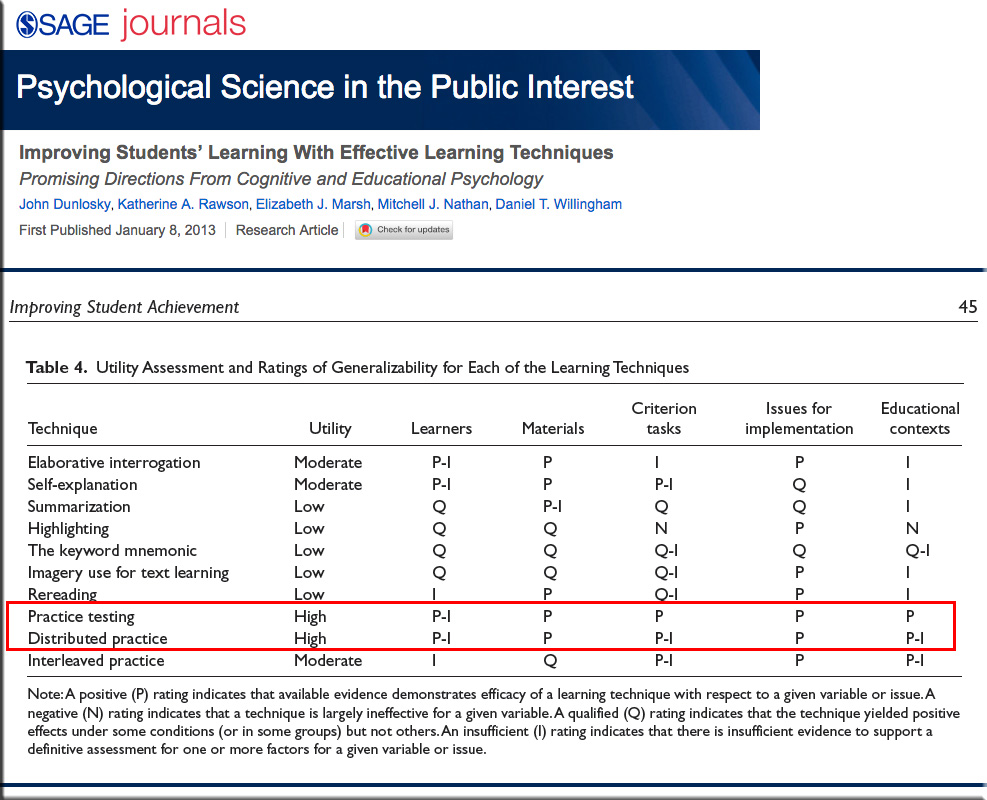
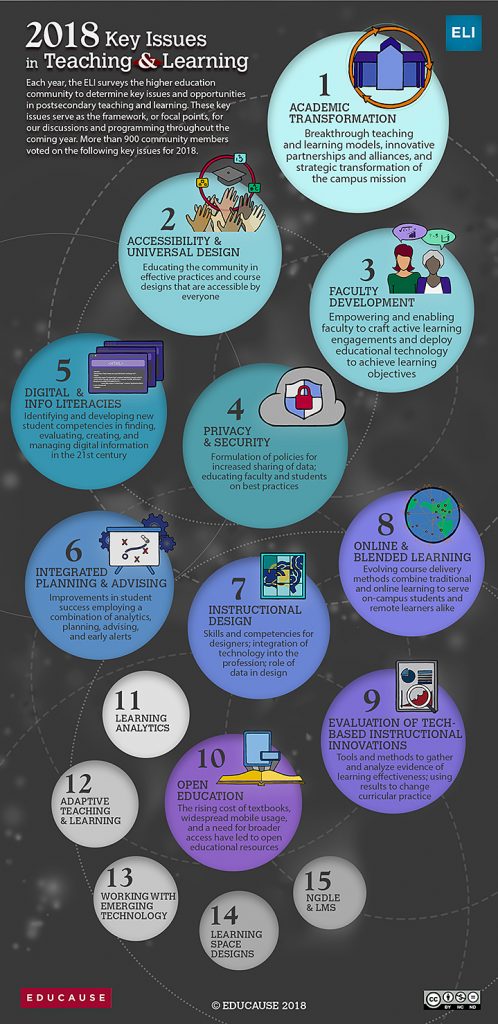
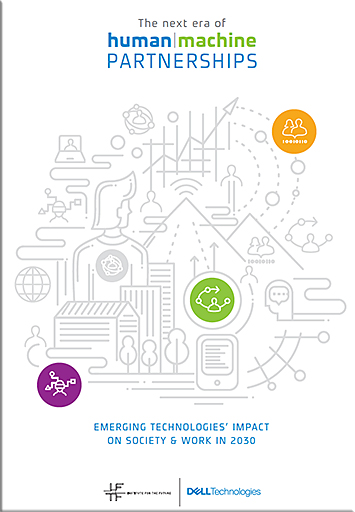
![The Living [Class] Room -- by Daniel Christian -- July 2012 -- a second device used in conjunction with a Smart/Connected TV](http://danielschristian.com/learning-ecosystems/wp-content/uploads/2012/07/The-Living-Class-Room-Daniel-S-Christian-July-2012.jpg)
